How Safe Are Underwater Camera Bags?
Underwater photography has become increasingly popular among both amateur and professional photographers. Capturing the vibrant life and stunning landscapes beneath the water's surface offers a unique perspective that is both challenging and rewarding. However, one of the primary concerns for underwater photographers is the safety and protection of their camera equipment. This is where underwater camera bags come into play. These specialized bags are designed to keep your camera safe from water damage, but how effective are they really? In this article, we will delve into the safety aspects of underwater camera bags, examining their features, effectiveness, and potential drawbacks.
Understanding Underwater Camera Bags
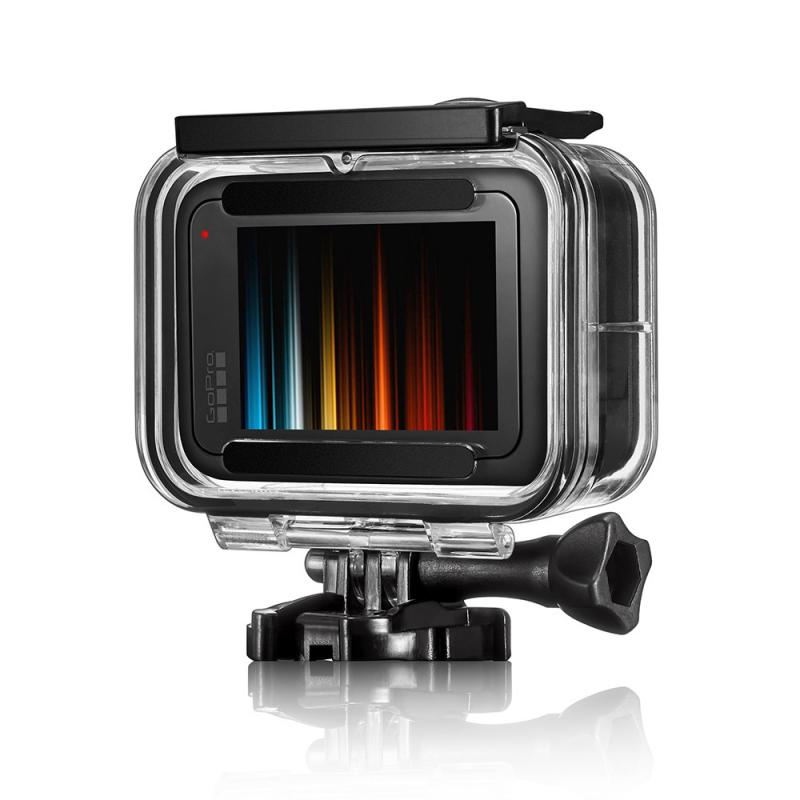
Underwater camera bags are essentially waterproof enclosures designed to protect cameras from water, dust, and other environmental factors. They come in various shapes and sizes to accommodate different types of cameras, from compact point-and-shoot models to larger DSLR and mirrorless systems. The primary materials used in these bags are typically durable plastics, rubber, and other waterproof fabrics that can withstand the pressures of underwater environments.
Key Features of Underwater Camera Bags
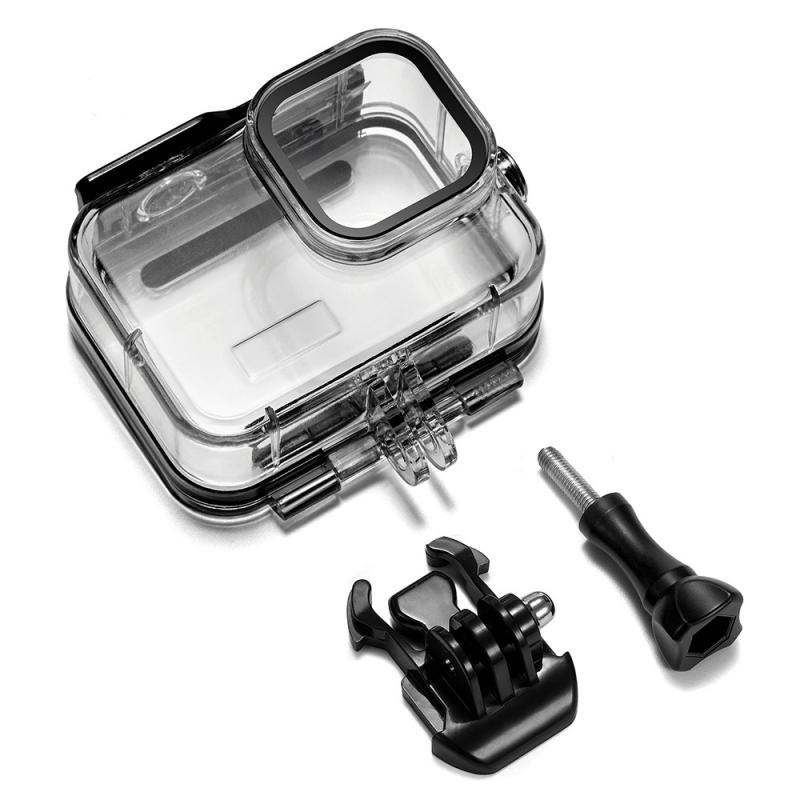
1. Waterproof Seals: The most critical feature of any underwater camera bag is its waterproof seal. These seals are usually made from high-quality rubber or silicone and are designed to create an airtight barrier that prevents water from entering the bag. Some bags also feature double or triple sealing mechanisms for added security.
2. Pressure Resistance: Underwater environments exert significant pressure on objects, and camera bags are no exception. High-quality underwater camera bags are designed to withstand these pressures, ensuring that the bag does not collapse or allow water to seep in.
3. Durability: The materials used in underwater camera bags are chosen for their durability and resistance to wear and tear. This includes resistance to UV rays, saltwater, and other corrosive elements commonly found in marine environments.
4. Ease of Use: A good underwater camera bag should be easy to use, allowing photographers to quickly and efficiently access their equipment. This includes features like easy-to-operate zippers, clear viewing windows, and ergonomic designs that make handling the bag underwater more manageable.
Effectiveness of Underwater Camera Bags
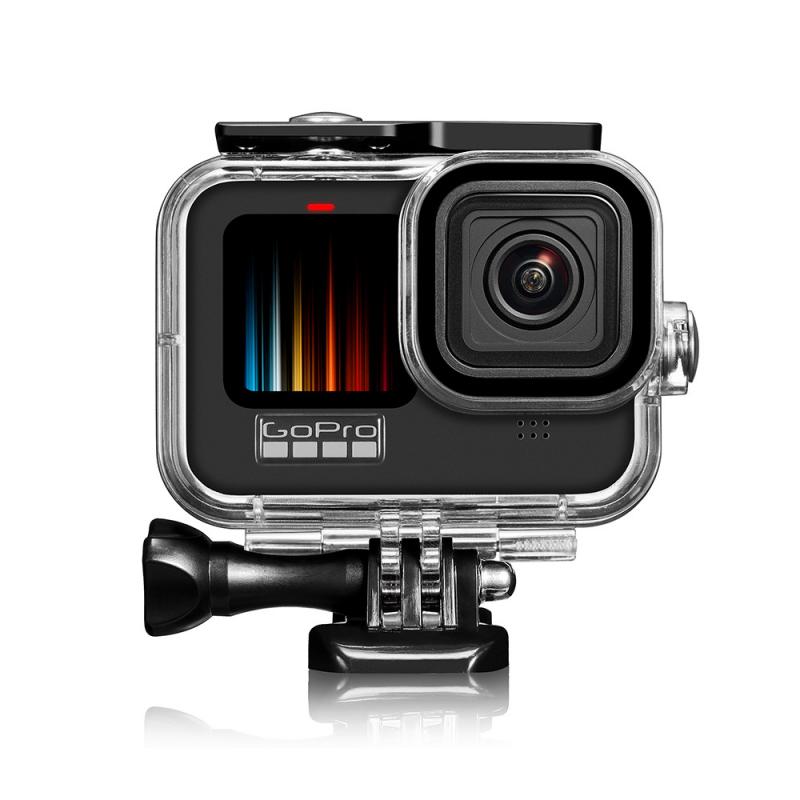
The effectiveness of an underwater camera bag largely depends on its design, materials, and the conditions in which it is used. Here are some factors to consider:
1. Depth Rating: Most underwater camera bags come with a depth rating, indicating the maximum depth at which the bag can be safely used. It is crucial to adhere to this rating, as exceeding it can compromise the bag's integrity and lead to water ingress.
2. Proper Sealing: Ensuring that the bag is properly sealed before submersion is vital. Even the best underwater camera bag will fail if the seals are not correctly engaged. Photographers should always double-check the seals and perform a quick test by submerging the bag in shallow water before heading to deeper depths.
3. Maintenance: Regular maintenance of the underwater camera bag is essential for its longevity and effectiveness. This includes cleaning the seals, checking for any signs of wear or damage, and storing the bag in a cool, dry place when not in use.
4. User Reviews and Testing: Before purchasing an underwater camera bag, it is advisable to read user reviews and look for independent testing results. These can provide valuable insights into the bag's real-world performance and reliability.
Potential Drawbacks
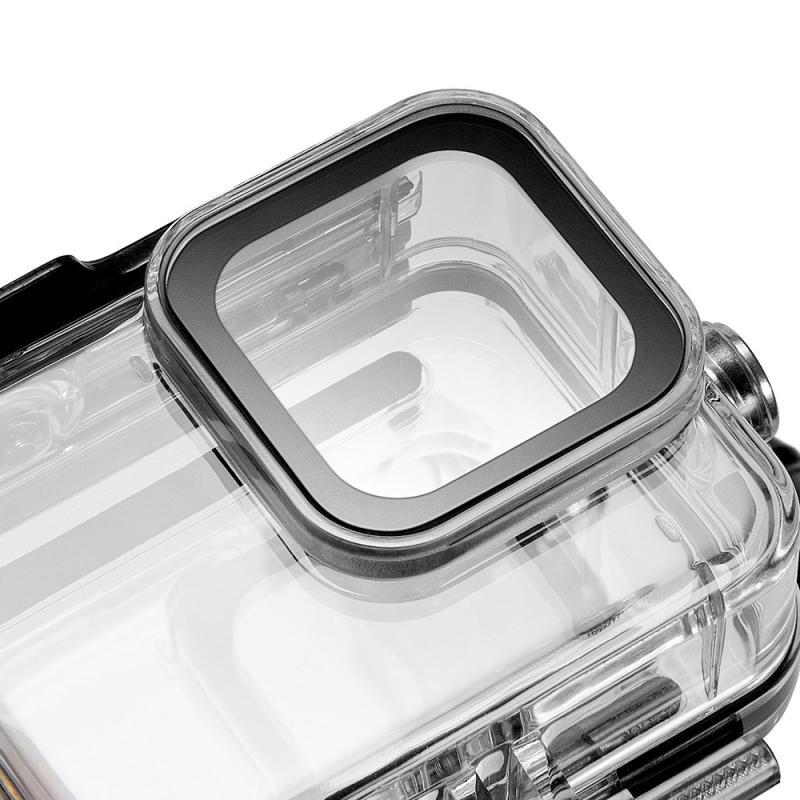
While underwater camera bags offer significant protection for camera equipment, they are not without their drawbacks:
1. Limited Depth: Most underwater camera bags are designed for shallow to moderate depths. For deep-sea diving, specialized underwater housings made from hard materials like aluminum or polycarbonate are recommended.
2. Bulkiness: Some underwater camera bags can be bulky and cumbersome, making them less ideal for travel or extended use. Photographers should consider the size and weight of the bag in relation to their specific needs.
3. Potential for Human Error: The effectiveness of an underwater camera bag is highly dependent on the user. Improper sealing, failure to adhere to depth ratings, and lack of maintenance can all lead to water damage.
Practical Tips for Using Underwater Camera Bags
To maximize the safety and effectiveness of your underwater camera bag, consider the following practical tips:
1. Choose the Right Bag: Select an underwater camera bag that is specifically designed for your camera model and intended use. Pay attention to the depth rating and ensure it meets your requirements.
2. Test Before Use: Always test the bag in a controlled environment before using it in deeper waters. This can help identify any potential issues with the seals or materials.
3. Follow Manufacturer Instructions: Adhere to the manufacturer's guidelines for sealing, maintenance, and use. This includes regular inspections and cleaning of the seals to prevent degradation.
4. Use Desiccants: Place desiccant packets inside the bag to absorb any moisture that may enter. This can provide an additional layer of protection for your camera equipment.
5. Monitor Conditions: Be aware of the environmental conditions in which you are using the bag. Extreme temperatures, high pressures, and prolonged exposure to saltwater can all impact the bag's performance.
Underwater camera bags are a valuable tool for photographers looking to explore the underwater world while keeping their equipment safe. When used correctly, these bags can provide excellent protection against water damage, allowing photographers to capture stunning images without compromising their gear. However, it is essential to choose the right bag, follow proper sealing and maintenance procedures, and be mindful of the bag's limitations. By taking these precautions, photographers can enjoy the benefits of underwater photography with confidence in the safety of their equipment.


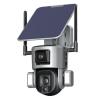
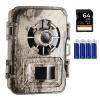




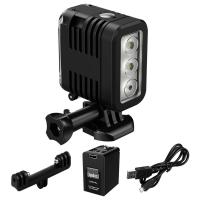

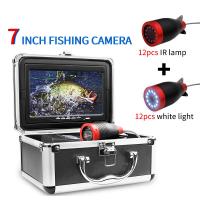
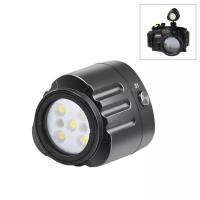
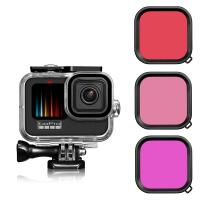
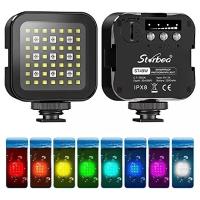
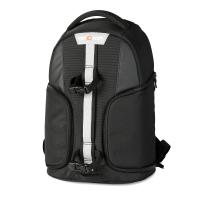
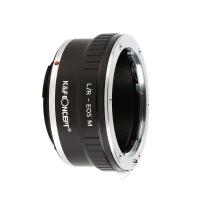
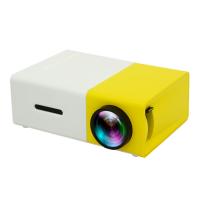

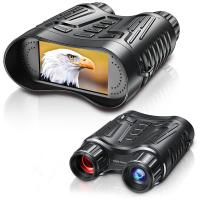

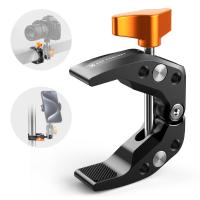
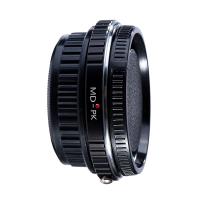
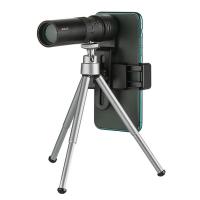
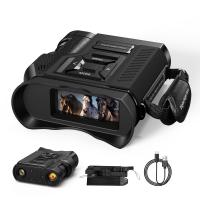

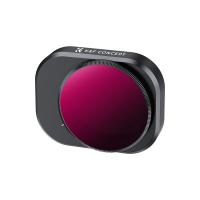
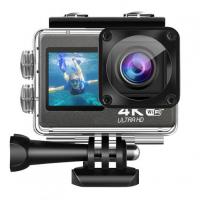
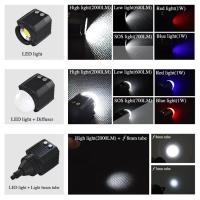
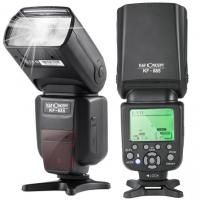
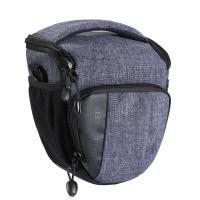


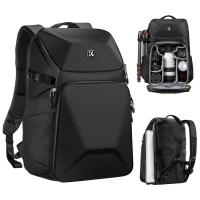
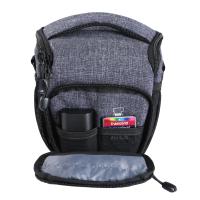

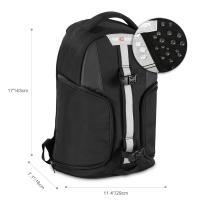


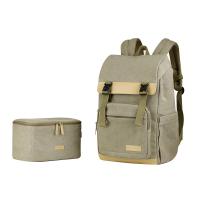



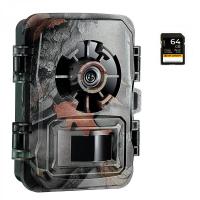


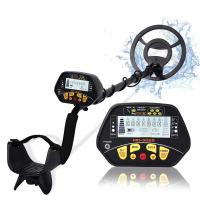
There are no comments for this blog.